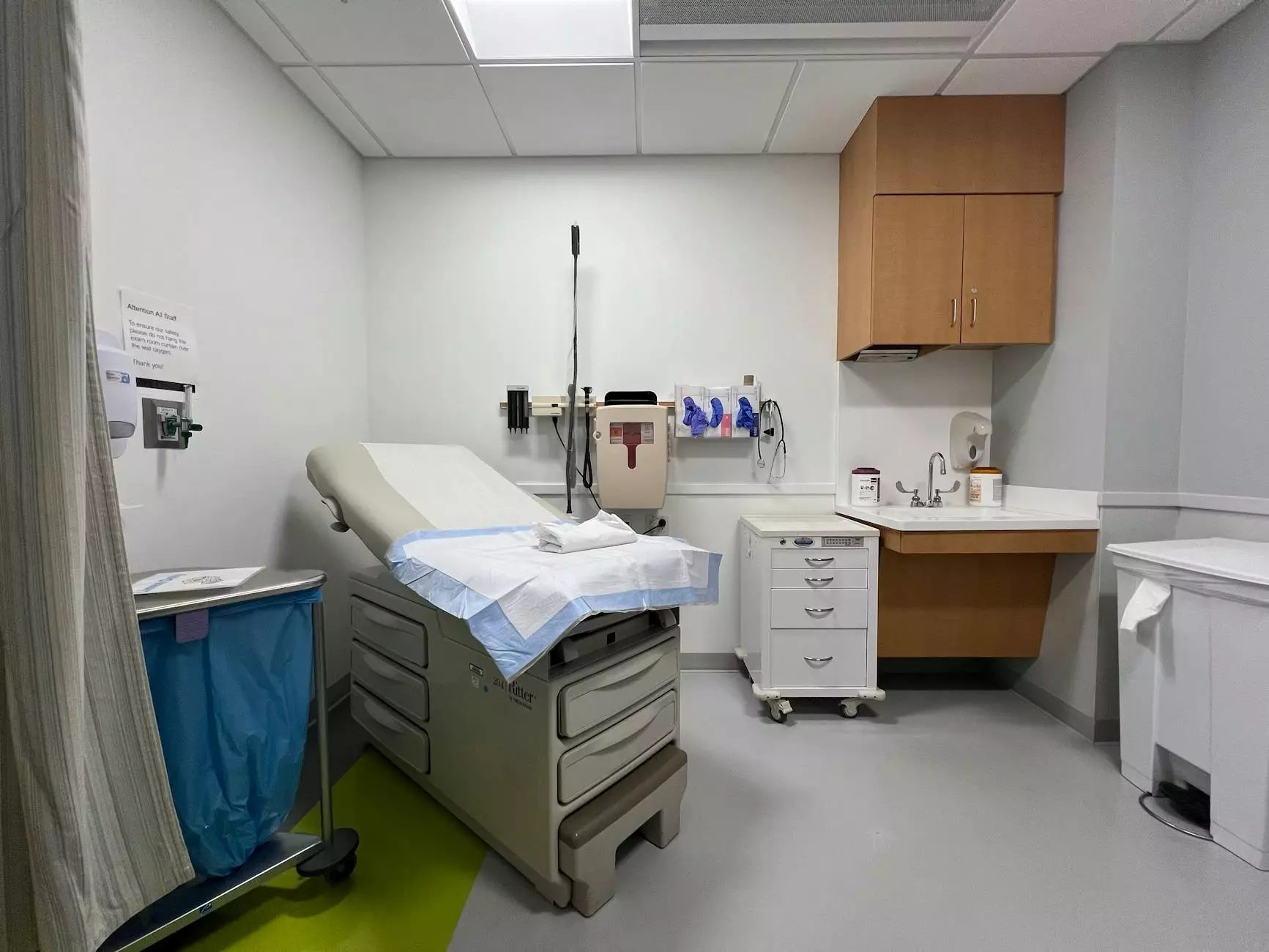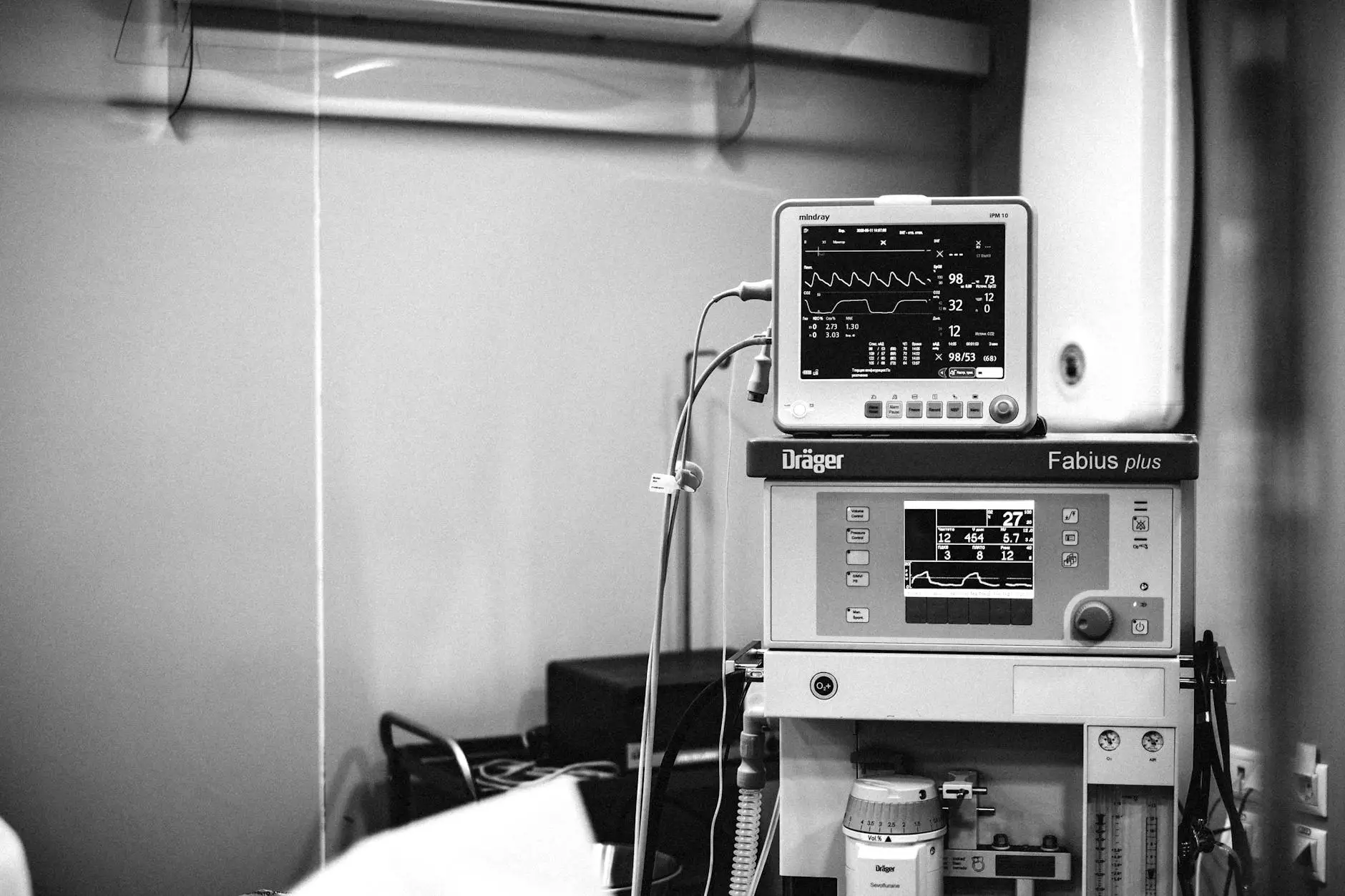Laparoscopic Hysterectomy Procedure: A Comprehensive Guide

Introduction to Laparoscopic Hysterectomy
The laparoscopic hysterectomy procedure has transformed the field of gynecological surgery, offering a minimally invasive alternative for removing the uterus. This surgical technique not only minimizes recovery time but also significantly reduces post-operative pain and complications, making it a preferred choice for many women experiencing various uterine conditions.
What is a Laparoscopic Hysterectomy?
A laparoscopic hysterectomy is a surgical procedure that involves the removal of the uterus through small incisions in the abdominal wall. Utilizing a camera and specialized instruments, surgeons can view the internal organs on a monitor and perform the operation with precision. The procedure may be performed to address several conditions, including but not limited to:
- Uterine fibroids
- Endometriosis
- Uterine prolapse
- Abnormal bleeding
- Cancer of the uterus
Benefits of the Laparoscopic Hysterectomy Procedure
The advantages of the laparoscopic hysterectomy procedure are numerous and can significantly impact a patient’s quality of life. Key benefits include:
- Minimally Invasive: Smaller incisions lead to less tissue damage and faster recovery times.
- Less Pain: Patients typically experience less post-operative pain compared to traditional open surgery.
- Shorter Hospital Stay: Many patients go home the same day or within a day or two of the surgery.
- Quicker Recovery: Most women can return to normal activities within a few weeks.
- Reduced Risk of Infection: Smaller incisions minimize the risk of surgical infections.
The Surgical Process Explained
Understanding the process of a laparoscopic hysterectomy is essential for patients considering this option. Here’s a step-by-step breakdown:
- Anesthesia: General anesthesia is administered to ensure the patient is comfortable throughout the procedure.
- Incisions: Typically, three to four small incisions, each about half an inch, are made in the abdomen.
- Insertion of Instruments: A laparoscope (a thin tube with a camera) and surgical instruments are inserted through these incisions.
- Removal of the Uterus: The surgeon detaches the uterus from the surrounding tissue and ligaments, and then removes it via the vaginal canal or through one of the incisions.
- Closure: The incisions are closed using sutures or surgical glue.
Candidate Selection for the Procedure
Not every woman is a candidate for a laparoscopic hysterectomy. A thorough evaluation by a qualified healthcare provider is crucial. Factors that influence candidacy include:
- Overall health and medical history
- Severity and type of condition being treated
- Presence of other health issues
It’s important for patients to discuss their individual circumstances with their physician to determine the best approach for their specific needs.
Risks and Considerations
While the laparoscopic hysterectomy procedure carries many benefits, it is also important to consider potential risks. These may include:
- Bleeding
- Infection
- Damage to surrounding organs
- Blood clots
- Adhesions (scar tissue) formation
Patients are encouraged to discuss these risks with their healthcare provider and understand the signs and symptoms that may require immediate medical attention post-surgery.
Recovery and Aftercare
Recovery after a laparoscopic hysterectomy is generally quick, but it varies based on the individual’s health and the complexity of the surgery. Key points to remember include:
- Rest: Adequate rest is crucial in the initial weeks post-surgery.
- Follow-Up Appointments: Regular follow-ups with the surgeon are recommended to monitor recovery.
- Physical Activity: Light activities can usually be resumed shortly after surgery, but strenuous activities should be avoided for several weeks.
- Diet and Nutrition: A balanced diet rich in vitamins and minerals can aid recovery.
Each patient’s recovery plan may differ, so it’s important to follow the specific advice given by the surgical team.
Emotional and Psychological Aspects
Considering the emotional and psychological ramifications of undergoing a hysterectomy is equally important. Women may experience a range of feelings post-surgery, including relief and sadness. Emotional support from family, friends, or professional counseling can be beneficial in navigating these feelings.
Conclusion
The laparoscopic hysterectomy procedure represents a significant advancement in surgical techniques for women. Understanding the benefits, process, and considerations of this procedure can empower women to make informed choices about their health. For those considering this surgery, consulting with a seasoned gynecologist, such as those at drseckin.com, can provide valuable insights and guidance tailored to individual needs.
Contacting a Qualified Specialist
If you believe you may be a candidate for a laparoscopic hysterectomy or wish to learn more about your options, reaching out to a qualified obstetrician or gynecologist is essential. They can provide personalized recommendations, discuss potential alternatives, and ensure you receive the best possible care tailored to your unique circumstances.
Further Resources
For additional information, consider exploring reputable sources and organizations dedicated to women’s health:
- American College of Obstetricians and Gynecologists (ACOG)
- Office on Women’s Health
- Mayo Clinic - Hysterectomy Overview
By leveraging these resources and seeking guidance from qualified healthcare providers, women can embark on their journey towards health with confidence and clarity.









